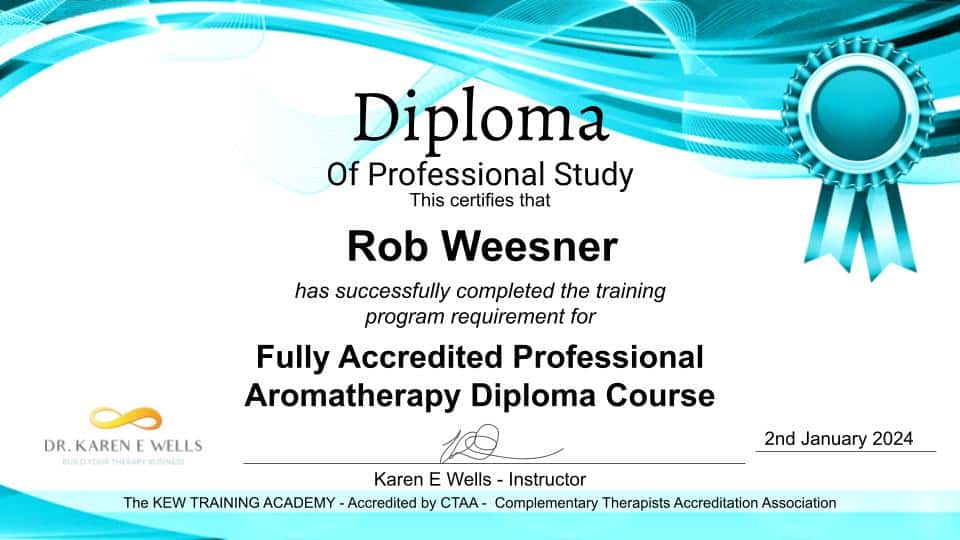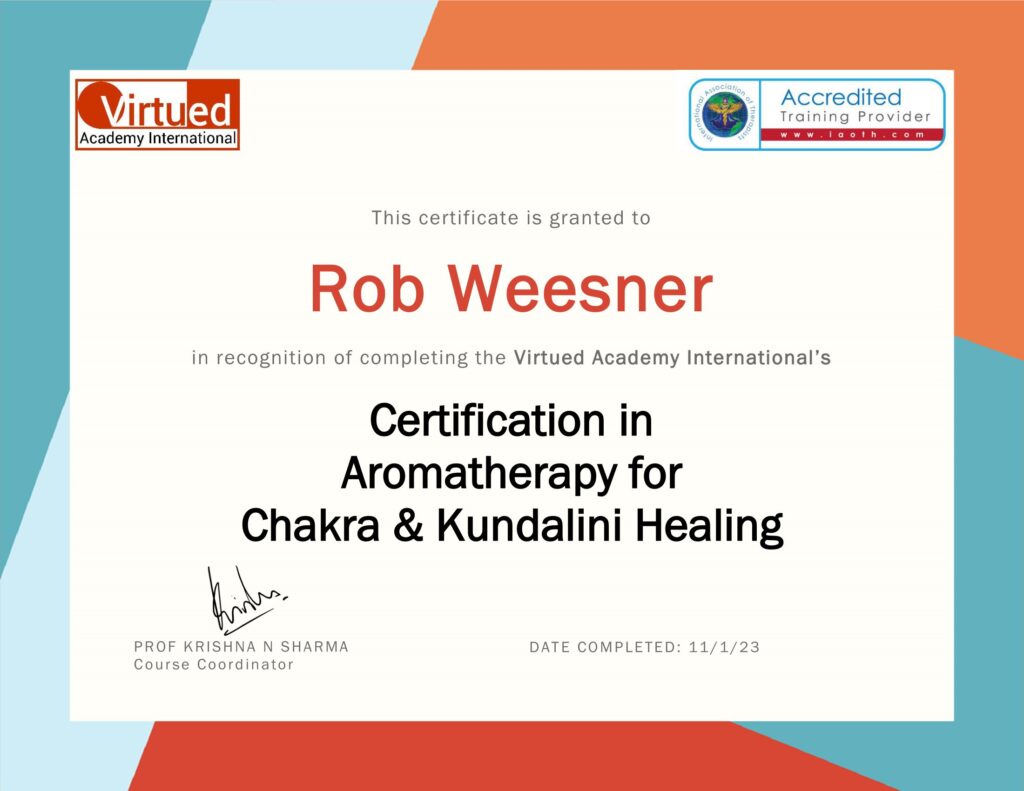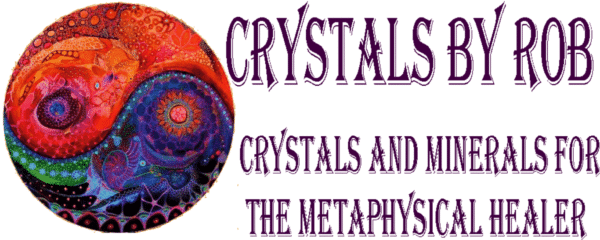Aromatherapy
Aromatherapy
Aromatherapy is a form of complementary and alternative medicine (CAM). It uses essential oils to manage symptoms or boost your well-being. It’s a holistic therapy, meaning it supports your whole self — mind, body and spirit. Aromatherapy involves inhaling essential oils or applying them (diluted) to your skin.
People around the world have used aromatherapy for centuries. In the U.S., aromatherapy often complements other treatments for people with conditions like anxiety. People also use aromatherapy to maintain wellness and feel better in general.
Healthcare providers who specialize in CAM or integrative medicine provide aromatherapy services in their offices or clinics. You can also use aromatherapy on your own, but it’s important to learn proper techniques for doing so. Talk to a healthcare provider before starting aromatherapy to learn how to do it right and make sure it’s safe for you.
What are aromatherapy oils?
Aromatherapy oils, or essential oils, are highly concentrated plant extracts. They come from various parts of plants, including flowers, stems and leaves. Manufacturers use different processes to remove these oils, like distillation and cold press. Many pounds of plant materials go into one small bottle of essential oil.
How long has aromatherapy been around?
Humans have used aromatherapy for thousands of years. Ancient cultures in China, India, Egypt, and elsewhere incorporated aromatic plant components in resins, balms, and oils. These natural substances were used for medical and religious purposes. They were known to have both physical and psychological benefits.
Essential oils distillation is attributed to the Persians in the 10th century, though the practice may have been in use for a long time prior to this. Information about essential oil distillation was published in the 16th century in Germany. French physicians in the 19th century recognized the potential of essential oils in treating disease.
Medical doctors became more established in the 19th century and focused on using chemical drugs. However, the French and German doctors still recognized the role of natural botanicals in treating illness.
The term “aromatherapy” was coined by a French perfumer and chemist René-Maurice Gattefossé in a book he wrote on the topic that was published in 1937. He had previously discovered the healing potential of lavender in treating burns. The book discusses the use of essential oils in treating medical conditions.
How does aromatherapy work?
When inhaled, aromatherapy stimulates your nervous system (brain, spinal cord and nerves). This means aromatherapy starts a chain reaction of signals to your brain and chemical responses throughout your body. This activity begins once you start smelling an essential oil.
Essential oils (like all substances that smell) release tiny molecules into the air. When you inhale an essential oil, those molecules move into your nose. Special cells in your nose called olfactory receptors notice the molecules are there. In response, they send messages to your brain through your olfactory nerve.
These messages stimulate activity in your hypothalamus and your brain’s limbic system. Your limbic system is a group of structures (including the amygdala) that help control your emotions and store your memories. Your brain then releases hormones like:
- Serotonin.
- Endorphins.
- Dopamine.
These hormones help regulate many body functions like mood, sleep and digestion. The release of these hormones can help you in various ways, like lowering anxiety and reducing your perception of pain.
Researchers continue to investigate how aromatherapy affects your body.
How does aromatherapy treatment work?
Aromatherapy works through the sense of smell and skin absorption using products such as these:
- diffusers
- aromatic spritzers
- inhalers
- bathing salts
- body oils, creams, or lotions for massage or topical application
- facial steamers
- hot and cold compresses
- clay masks
You can use these alone or in any combination.
There are nearly one hundred types of essential oils available. Generally, people use the most popular oils.
Essential oils are available online, in health food stores, and in some regular supermarkets. It’s important to buy from a reputable producer since the oils aren’t regulated by the FDA. This ensures you’re buying a quality product that is 100 percent natural. It shouldn’t contain any additives or synthetic ingredients.
Each essential oil has an array of unique healing properties, uses, and effects. Combining essential oils to create a synergistic blend creates even more benefits.
What conditions are treated with aromatherapy?
There’s evidence that aromatherapy may help you manage:
- Stress.
- Sleep disorders.
- Menstrual cramps.
- Early labor.
What are carrier oils?
Carrier oils, also called base oils or fixed oils, are substances made from plants. Their chemical makeup is different from that of essential oils. They don’t have a strong smell, and they don’t evaporate like essential oils do.
Carrier oils are a vehicle for safely getting essential oils into your body. People dilute essential oils in carrier oils. Because essential oils are so potent, you usually use a much higher percentage of carrier oil compared to essential oil. Carrier oils contain many ingredients that are good for your skin. These include antioxidants and essential fatty acids.
Here are just a few examples of carrier oils:
- Coconut oil.
- Rosehip oil.
- Grapeseed oil.
- Sweet almond oil.
Most popular aromatherapy oils
According to the National Association for Holistic Aromatherapy, the most popular essential oils are:
- clary sage
- cypress
- eucalyptus
- fennel
- geranium
- ginger
- helichrysum
- lavender
- lemon
- lemongrass
- mandarin
- neroli
- patchouli
- peppermint
- Roman chamomile
- rose
- rosemary
- tea tree
- vetiver
- ylang ylang
You can use essential oils in any number of ways. For example, add them to body lotions or carrier oils, and then apply them topically. Try enhancing a facial toner, shampoo, or conditioner with essential oils. Or incorporate them into liquid soap, toothpaste, or mouthwash. You can also diffuse or spritz the oils throughout a room or pour them into a bath.


Angel Tuning Forks Sound Healing Session
Aura Balancing Crystal Grid Distant Healing
Chakra Crystal Grid Distant Healing
Recent Blog Posts
- History Of Yellow Fluorite
- History Of Green Calcite
- History Of Blue Calcite
- History Of Purple Fluorite
- History Of Green Fluorite
- History Of Orange Calcite
- History Of Black Tourmaline
- History Of Celestite
- Metaphysical Healing Properties Of Black Tourmaline With Hematite
- Metaphysical Healing Properties Of Blue Tigers Eye
- Metaphysical Healing Properties Of Yellow Tibetan Quartz
- Metaphysical Healing Properties Of Snow Quartz
Blog Categories
- Aura
- Books
- Chakras
- Creating Intention Bowls
- Crystal – Programming, Cleansing, Chakra Info
- Crystal Grids
- Crystals And Angels
- Crystals Related To Deity Spirit Guides
- Elements
- Feng Shui
- Geological Properties Of Crystals
- History Of Crystals
- Incense – The History Of, How To Make, And Incense Recipes
- Manifesting
- Meridians
- Metaphysical Properties Of Crystals And Stones
- Properties Of The Shapes Of Stones
- Reiki Articles
- Rituals
- Sacred Geometry
- Sacred Space
- Sound Healing
- Stones For Ailments
- Top Stones Lists
- Uncategorized
- Uses Of Crystals In Religion
- Video Blogs
- Actinolite33 products
- Agate7474 products
- Ajoite33 products
- Alantisite11 product
- Amazonite11 product
- Amber55 products
- Amegreen11 product
- Amethyst6262 products
- Amethyst Stalactite22 products
- Ammonite Necklaces11 product
- Amphibole In Quartz2323 products
- Angel Aura Quartz44 products
- Angel Phantom Quartz55 products
- Angel Tuning Forks Sound Healing Session11 product
- Angelic Crystal Energy Attunements1616 products
- Angelite11 product
- Apache Tears11 product
- Apatite11 product
- Apophyllite44 products
- Apophyllite With Stilbite22 products
- Apple Green Aura Quartz11 product
- Aqua Aura Quartz11 product
- Aquamarine33 products
- Aragonite44 products
- Arcturian Reiki Attunement22 products
- Arkansas Quartz1010 products
- Aura Balancing Distant Healing11 product
- Aura Quartz Crystals66 products
- Auralite44 products
- Aventurine33 products
- Banded Black Agate22 products
- Beads88 products
- Black Tourmaline88 products
- Bloodstone11 product
- Blue Lace Agate33 products
- Book Of Shadow Pages4545 products
- Books On Crystals1616 products
- Botswana Agate33 products
- Cabochons1919 products
- Calcite1818 products
- Candle Quartz99 products
- Carnelian44 products
- Carved Penis Crystals11 product
- Celestite33 products
- Chakra88 products
- Chakra Grids22 products
- Chalcedony55 products
- Charoite11 product
- Chiastolite66 products
- Chlorite99 products
- Chlorite Lemurian Crystals66 products
- Chrysocolla33 products
- Citrine1212 products
- Clam Shell Jasper44 products
- Clear Lemurian Crystals66 products
- Clear Quartz2121 products
- Coffins33 products
- Coprolite22 products
- Coral11 product
- Crystal Balls / Spheres130130 products
- Crystal Eggs3131 products
- Crystal Grid Distant Healing22 products
- Crystal Healing Course11 product
- Crystal Notes11 product
- Crystal Reiki Session11 product
- Cut And Polished6161 products
- Danburite22 products
- Dendritic Opal11 product
- Dendritic Quartz22 products
- Desert Rose22 products
- Diamantina Quartz Crystals44 products
- Diaspore11 product
- Dragi Jade11 product
- Dragons Blood Jasper44 products
- Druzy Quartz33 products
- Dumortierite11 product
- Elestial Quartz Crystals66 products
- Energetic Protection From Negative Energy Session11 product
- Energy Healing11 product
- Euchlorite88 products
- Fenster Quartz22 products
- Fire Amphibole66 products
- Flames55 products
- Flower Agate44 products
- Fluorite3434 products
- Garnet22 products
- Garnet In Schist11 product
- Geodes1616 products
- Girasol11 product
- Golden Healer3434 products
- Grape Agate22 products
- Green Chert11 product
- Green Opal22 products
- Halite11 product
- Hearts3434 products
- Hematite77 products
- Hickoryite22 products
- Honey Calcite33 products
- Included Quartz2020 products
- Included Quartz Free Form Prisms99 products
- Indigo Gabbro44 products
- Intention Bowls44 products
- Ironstone11 product
- Jade99 products
- Jasper2929 products
- Kammererite11 product
- Labradorite55 products
- Lake Superior Agate44 products
- Lapis Lazuli22 products
- Larvikite11 product
- Laser Wand Crystals33 products
- Lemon Quartz11 product
- Lemurian Quartz Crystals3434 products
- Lepidolite33 products
- Lithium Quartz Crystals1010 products
- Lodolite Quartz Crystals33 products
- Love Bowls11 product
- Malachite11 product
- Manganese Included Quartz44 products
- Message Wands1010 products
- Mini Spheres2121 products
- Montana Agate22 products
- Mookaite11 product
- Moon Ritual Bowls11 product
- Moon Shaped Crystals66 products
- Moonstone22 products
- Moss Agate33 products
- Mystic Merlinite44 products
- Necklaces3333 products
- Nirvana Quartz11 product
- Obsidian99 products
- Ocean Jasper55 products
- Opal99 products
- Opalite22 products
- Orca Agate1010 products
- Palm Wood33 products
- Peach Quartz55 products
- Pecos Diamonds33 products
- Pendulum Reading11 product
- Pendulums11 product
- Petrified Wood55 products
- Phantom Quartz33 products
- Phoenix Stone44 products
- Pietersite11 product
- Pineapple Quartz11 product
- Pink Amethyst22 products
- Pink Lemurian99 products
- Pink Thulite & Scapolite22 products
- Prasem33 products
- Prehnite33 products
- Quantum Quattro Silica11 product
- Quartz Crystal Clusters1313 products
- Quartz Crystal Points104104 products
- Rain Forest Jasper55 products
- Rainbow Obsidian44 products
- Red Hematoid Quartz Crystals1919 products
- Red Plum Blossom Jade77 products
- Red Tanzurine Quartz44 products
- Removing Negative Energies Bowl11 product
- Rhodonite55 products
- Riebeckite In Quartz11 product
- Rose Quartz1111 products
- Ruby88 products
- Ruby And Tourmaline In Quartz11 product
- Ruby In Fuchsite11 product
- Ruby In Kyanite33 products
- Ruby In Zoisite22 products
- Rutilated Quartz22 products
- Selenite1313 products
- Septarian1010 products
- Serpentine44 products
- Shiva Lingam11 product
- Shungite33 products
- Singing Quartz Crystals11 product
- Skulls33 products
- Smoky Lemurian Crystals1717 products
- Smoky Quartz Cluster22 products
- Smoky Quartz Crystals2929 products
- Snowflake Obsidian11 product
- Solar Eclipse Bowl11 product
- Spectrolite11 product
- Spessartite Garnet On Smokey Quartz11 product
- Spirit Quartz3737 products
- Starbrary Crystals55 products
- Strawberry Quartz Crystals88 products
- Stromatolite22 products
- Subscription Service11 product
- Sunstone22 products
- Super Seven44 products
- Tangerine Quartz44 products
- Tarot Cards11 product
- Tianshan Blue55 products
- Tibetan Quartz99 products
- Tiffany Stone3131 products
- Tigers Eye22 products
- Tourmaline22 products
- Tourmaline In Albite2020 products
- Tourmaline In Quartz55 products
- Towers4545 products
- Tremolite11 product
- Trolleite11 product
- Tumbled Stone Necklaces1010 products
- Tumbled Stones106106 products
- Unakite33 products
- Utah Mineral Flats77 products
- Utah Topaz Crystals11 product
- Variscite22 products
- Vesuvianite11 product
- Yavapai33 products
- Yellow Hematoid Quartz2424 products
- Yellow Quartz22 products
- Yellow Skin Agate55 products
- Youngite11 product
